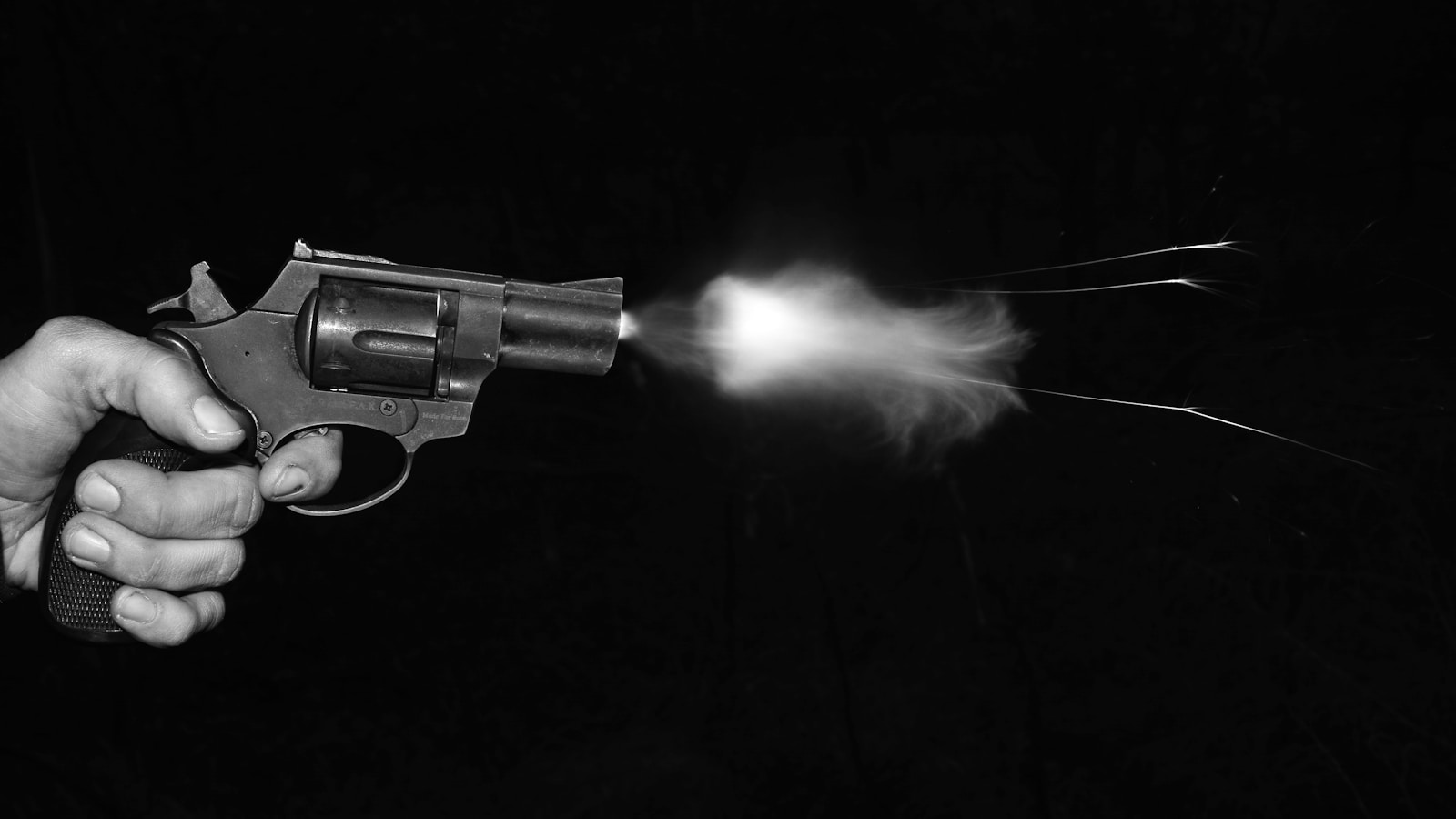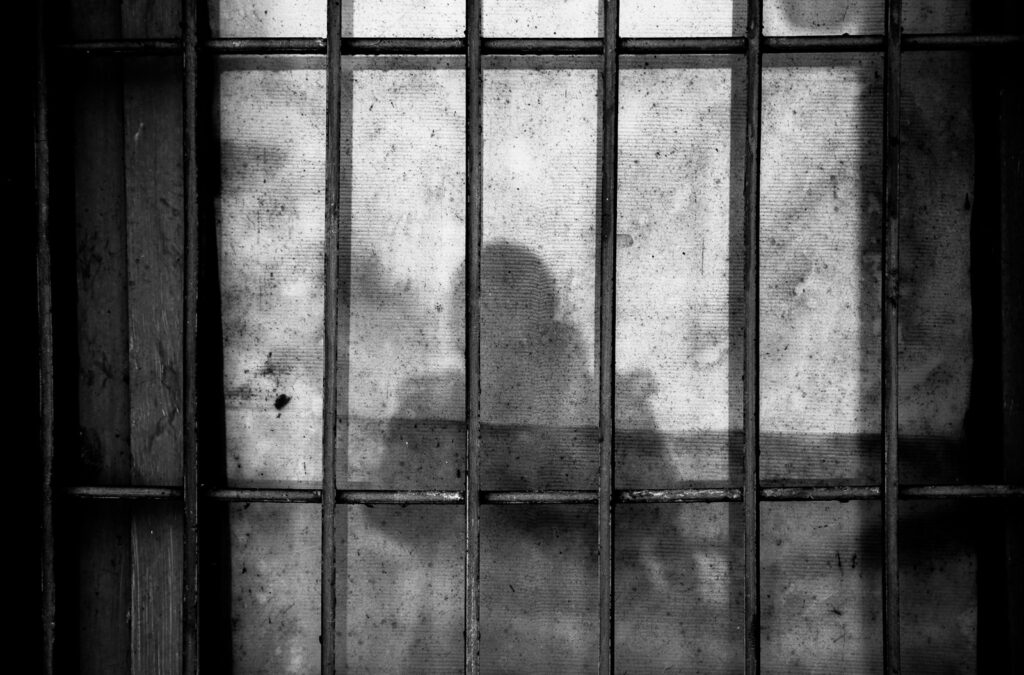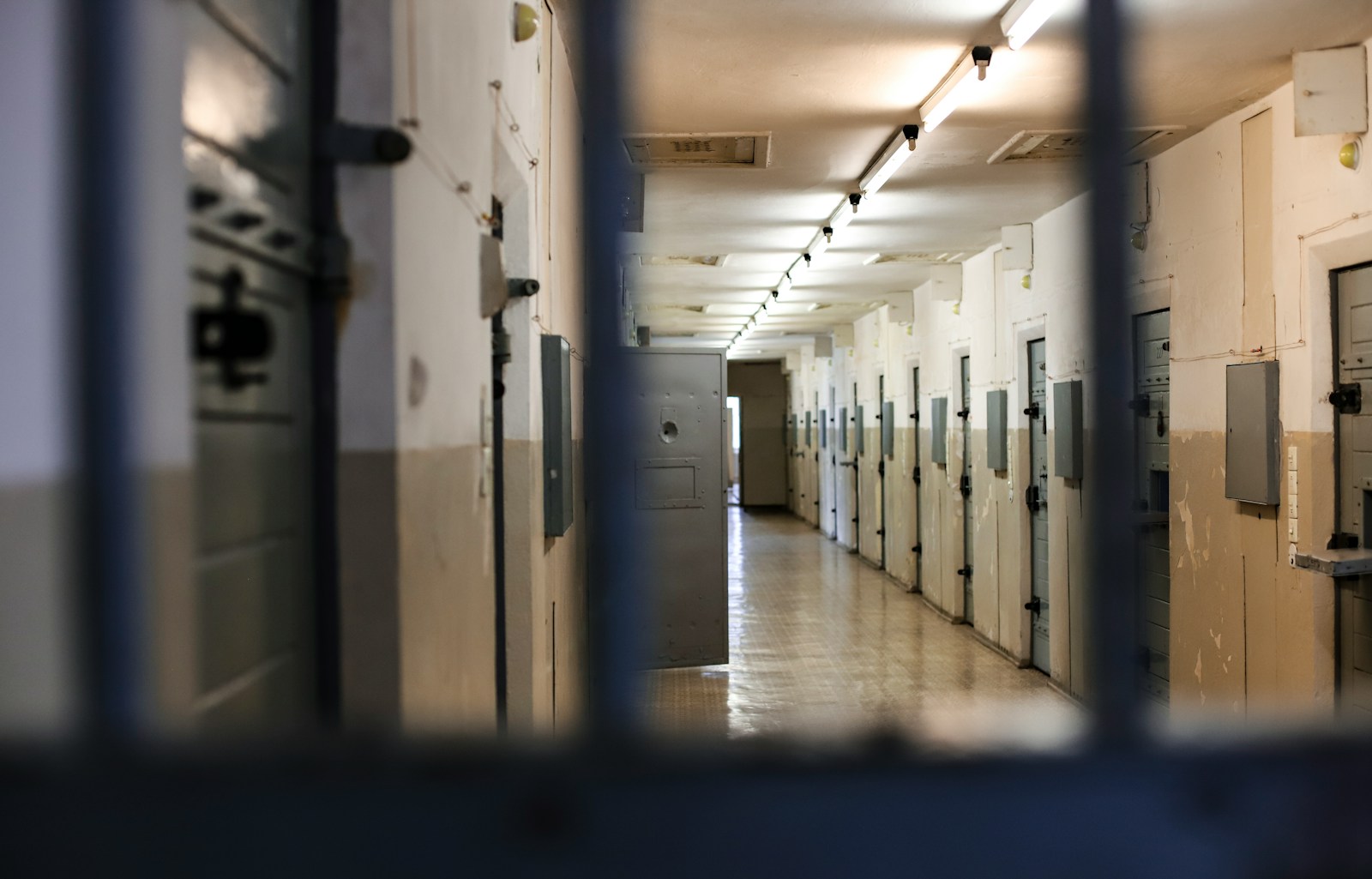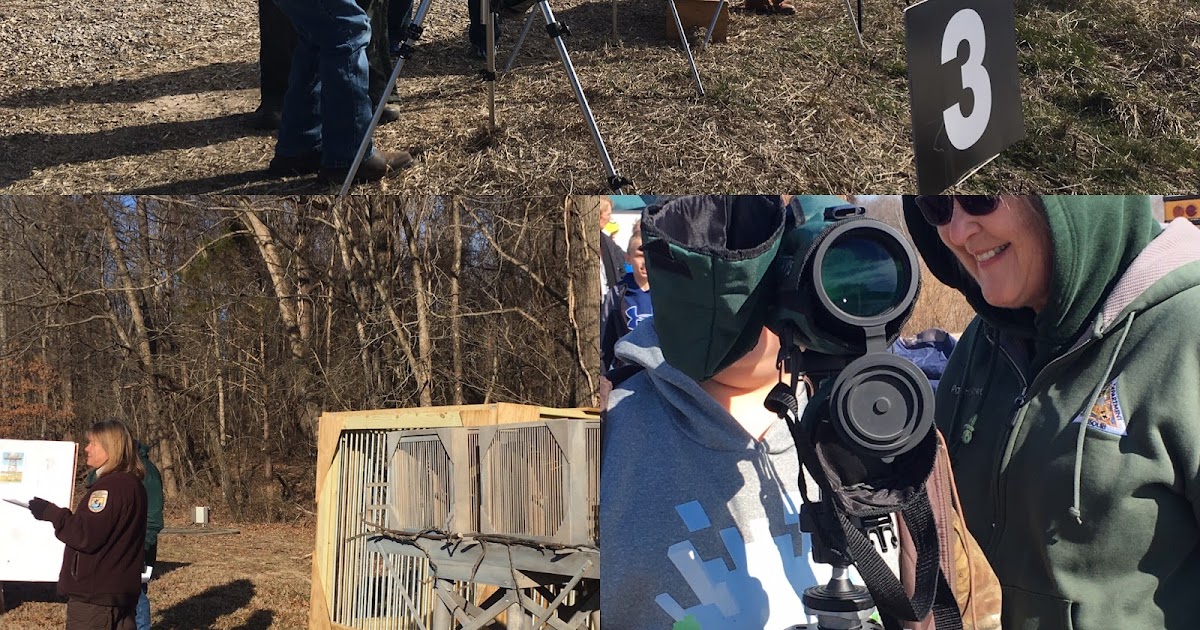
NASHVILLE, Tenn. — Sara Jane Moore, an individual who gained national notoriety for her unsuccessful attempt to assassinate President Gerald Ford in 1975, has died at the age of 95. Her passing on Wednesday at a nursing home in Franklin, Tennessee, marks the end of a long and complex life that intertwined with a turbulent period of American history.
Moore was imprisoned for over three decades following the incident, a testament to the gravity of her actions. Her death was confirmed by Demetria Kalodimos, an acquaintance and executive producer at the Nashville Banner newspaper, which was the first to report the news. Her passing came just days after the 50th anniversary of her attempt on the president’s life, an event that deeply shook the nation and highlighted the intense political unrest of the mid-1970s.
Her story is one of perplexing contradictions, marked by radical political leanings, a stint as an FBI informant, and a personal history that baffled even her own defense attorney. This article delves into the various facets of Sara Jane Moore’s life, from her early background to the infamous assassination attempt and her journey through the justice system, offering a comprehensive look at the woman behind the headlines.

1. **Sara Jane Moore: The Final Chapter for Ford’s Would-Be Assassin**Sara Jane Moore, the woman who fired shots at President Gerald R. Ford in 1975, died on Wednesday, September 24, at the age of 95. Her death occurred at a nursing home situated in Franklin, Tennessee, bringing to a close a life that had been largely anonymous since her parole in 2007. The news of her passing was initially reported by The Nashville Banner, confirmed by Demetria Kalodimos, who had developed a relationship with Moore in her later years.
The specific cause of Moore’s death was not immediately disclosed, though Kalodimos mentioned that Moore had been bedridden for approximately 15 months following a fall. This final chapter of her life unfolded in quiet obscurity, a stark contrast to the national headlines she commanded decades earlier. Her passing, reported on September 25, 2025, serves as a poignant reminder of a unique moment in American political history.
Moore’s demise arrived just two days after the 50th anniversary of her audacious act, which unfolded on September 22, 1975. This timing underscores the long shadow cast by her attempt on the life of the 38th U.S. President. The reporting of her death placed her at 95 years old, further solidifying the factual details surrounding her final days and the historical context of her significant actions.

2. **An Unlikely Radical: Moore’s Path to Notoriety**Sara Jane Moore presented an improbable figure to become a violent political radical who nearly took a president’s life. When she made her attempt on President Ford in San Francisco, she was a middle-aged woman, whose public profile suggested a conventional suburban life. This image, however, masked a deeper, more tumultuous personal history that belied her seemingly ordinary appearance.
Her journey into radical circles began relatively late in life, marked by what was described as dabbling in leftist groups. Compounding this unexpected trajectory was her simultaneous role, at times, as an FBI informant. This dual involvement with both the radical left and federal law enforcement painted a complex and often contradictory picture of her political allegiances and motivations, confusing both the public and legal observers.
News accounts from the time frequently emphasized her supposedly conventional past, portraying her as an average housewife and mother. This narrative made her conversion to radical politics appear as an unlikely and bewildering twist to many. She herself would later insist that she had been a relatively normal suburbanite before becoming deeply immersed in the leftist underground movement, seeking to justify her radicalization.

3. **The Shadow of Another Attempt: Moore vs. Fromme**Sara Jane Moore’s attempt on President Ford’s life was not an isolated incident during that tumultuous month. Her actions often led to confusion with another would-be assassin, Lynette “Squeaky” Fromme. Fromme, a devoted disciple of the notorious cult murderer Charles Manson, had aimed a semiautomatic pistol at President Ford in Sacramento, California, just 17 days earlier, on September 5, 1975.
In Fromme’s case, a swift Secret Service agent intervened, grabbing the weapon before any shots could be discharged, leaving the president unharmed. While both women targeted the same president within a short span of time and in the same state, they operated independently. Moore later maintained that she had not been influenced by Fromme’s earlier assault, asserting her own distinct motivations and path to radicalism.
The juxtaposition of these two incidents underscored the intense and often bizarre political climate of California in the mid-1970s. While their targets were the same, their backgrounds and the specifics of their attempts differed significantly. Fromme, associated with the extreme environmentalism of the Manson cult, and Moore, radicalized by the broader political fervor of the era, represented different currents within the broader wave of social upheaval.

4. **The Day in San Francisco: The Attempt on President Ford’s Life**On September 22, 1975, President Gerald Ford was waving to a crowd gathered outside the St. Francis Hotel in San Francisco’s Union Square when Sara Jane Moore acted. Standing amidst approximately 3,000 people, she drew a chrome-plated .38-caliber revolver, which she had purchased only hours before, and fired a shot directly at the President from 40 to 50 feet away. Her initial shot narrowly missed its intended target.
The situation escalated rapidly as Moore raised her gun for a second shot. However, her attempt was thwarted by the quick reflexes of Oliver Sipple, a 33-year-old former Marine who was standing nearby. Sipple saw the weapon, deflected Moore’s arm just as she fired again, causing the bullet to go astray. This second shot ricocheted off a wall and grazed a bystander, a taxi driver, instead of striking the President.
Authorities later determined that the .38 caliber handgun Moore used had a faulty sight, a factor that might have inadvertently saved the president’s life. Remarkably, Moore had been detained by San Francisco police just the day before after a security official spotted her with a gun at a crowd gathered for Ford’s appearance. That weapon had been confiscated, leading her to immediately purchase another gun for her subsequent attempt.

5. **A Labyrinth of Motives: From “Sorry I Missed” to Revolutionary Zeal**Sara Jane Moore’s explanations for her actions evolved significantly over time, presenting a perplexing and often contradictory account of her true motivations. Immediately following the assassination attempt, her initial reaction conveyed a sense of regret not for the act itself, but for its failure. She was quoted seven years later, in an interview with the San Jose Mercury News, stating unequivocally, “I’m sorry I missed. Yes, I’m sorry I missed. I don’t like to be a failure.”
However, in subsequent interviews conducted both before and after her release from prison, her narrative shifted. She repeatedly expressed regret for her actions, framing them within a broader political context. She claimed to have been convinced that the government had declared war on the left, leading her to believe that drastic measures were necessary. This indicated a move from simple personal failure to a more ideologically driven justification for her attempted violence.
By 2009, in an interview with San Francisco television station KGO, she conveyed a more profound remorse, stating, “I’m very sorry that it happened. … I’m very happy that I did not succeed.” Yet, in the same year, she told NBC’s Today Show that her ultimate goal in the 1970s was nothing less than the overthrow of the government. She genuinely believed that shooting Ford “might trigger that new revolution in this country,” underscoring a deep-seated revolutionary zeal that persisted in her reflections.
6. **A Troubled History: Marriages, Mental Health, and Abandoned Children**Sara Jane Moore’s personal background was notably complex and often contradictory, presenting a significant challenge for public understanding and even for her own legal defense. Born Sara Jane Kahn on February 15, 1930, in Charleston, West Virginia, her life was characterized by a series of name changes, multiple failed marriages, and significant family estrangement. Even her retired federal public defender, James F. Hewitt, admitted, “I never got a satisfactory answer from her as to why she did it.”
Her adult life was punctuated by documented mental health issues, numerous divorces, and even suicide attempts. Many who knew her described her as unstable and mercurial, challenging the public narrative of a suddenly radicalized housewife. She was an aspiring actress and nurse before settling into work as a bookkeeper, but her erratic behavior frequently led to job loss and repeated treatments for mental illness.
Moore married five times and was estranged from virtually all her living relatives. Notably, she abandoned three of her children, sending them unaccompanied on an airplane to her aging parents in West Virginia after her second divorce. A fourth child, Frederic, remained in her care at the time of the assassination attempt. This deeply troubled personal history, including her abandonment of children and ongoing mental health struggles, led some, including President Ford himself, to conclude that she was “off her mind.”

7. **The FBI Informant: A Catalyst for a Desperate Act?**Adding another layer of complexity to Sara Jane Moore’s already convoluted profile was her role as an FBI informant. She began working for the agency in 1974, a period when she was also deeply involved with leftist groups and members of San Francisco’s counterculture. This dual identity created a precarious situation, placing her in a position of perceived betrayal by both sides.
Moore herself asserted that her primary motivation for shooting President Ford stemmed from a profound fear for her own life. She claimed that she believed she would be killed once her status as an FBI informant became public knowledge. In a 1982 interview, she stated, “I was going to go down anyway. And if I was going to go down, I was going to do it my way. If the government was going to kill me, I was going to make some kind of statement.”
However, authorities downplayed the significance of her informant role, suggesting that her occasional calls to agents and local police officers were largely unsolicited. The FBI had, in fact, terminated its relationship with her approximately four months before the shooting. Despite this, Moore felt ostracized by radicals and, desperate to regain their trust, had called reporters and appeared on radio programs to expound Marxist and Maoist theories, while also confessing her informer’s role and claiming it had ended. This desperate attempt to navigate her perceived threat underscores the psychological pressure she felt leading up to her fateful decision.

8. **The Aftermath: Legal Proceedings and Conviction**Moore’s legal journey following the assassination attempt was as convoluted as her personal life. Despite her perplexing background and the admission by her own defense attorney, James F. Hewitt, that he “never got a satisfactory answer from her as to why she did it,” Moore made a decisive move. Against the advice of her lawyers, who were preparing a defense related to her mental condition, she abruptly pleaded guilty to the attempted assassination.
During her sentencing on January 16, 1976, Moore articulated a complex perspective on her actions, stating, “Am I sorry I tried? Yes and no. Yes, because it accomplished little except to throw away the rest of my life, although I realize there are those who think that’s the one good thing resulting from this. And no, I’m not sorry I tried, because at the time it seemed a correct expression of my anger.” She was sentenced to life in prison with the possibility of parole.
Investigators, despite the contradictory aspects of her case, found no evidence of a conspiracy behind her actions. Doctors who examined her tangled life, including her marriages, divorces, possible mental illnesses, and radical associations, ultimately found her legally sane. This judgment solidified the legal outcome, even as the public and those close to her continued to grapple with the motivations behind her attempt on a president’s life.
Read more about: Nicholas Braun’s Legal Landscape: Unpacking the ‘Succession’ Star’s DUI Arrest, Defining Role, and Immediate Future

9. **Life Behind Bars: Incarceration and Escape Attempt**Sara Jane Moore began serving her life sentence at a West Virginia women’s prison in 1977. Her time in federal custody was not entirely uneventful, marked by a dramatic, albeit brief, escape. In February 1979, Moore and another female inmate scaled a 12-foot fence at the Federal Reformatory for Women at Alderson, West Virginia, in an attempt to flee.
The escape, however, was short-lived, with both women being recaptured within several hours. Following this incident, Moore was later transferred to other facilities, including a prison in Pleasanton, California, before eventually being moved to the Federal Correctional Institution in Dublin, California. Her prison years were largely characterized by routine activities such as needlepoint and bookkeeping duties.
Beyond personal pursuits, Moore also engaged in advocacy from within prison. In 2000, she notably sued the warden of her federal prison in an effort to prevent him from taking away keys that were given to inmates, which allowed them to lock themselves in their cells as a security measure. She was also reported to have pushed to improve conditions for women inmates during her incarceration. In 1986, Moore converted from Christianity to Judaism, explaining to biographer Geri Spieler that she sought kosher food for better-quality prison meals.
Read more about: Beyond the Bars: 12 Astonishing Facts About The Shawshank Redemption That Will Blow Your Mind

10. **The Path to Parole: Release and Anonymity**After more than three decades in federal prison, Sara Jane Moore was unexpectedly paroled on December 31, 2007, at the age of 77, from the low-security federal facility for women in Dublin, California. Federal officials did not provide specific details regarding the reasons for her release, which was essentially “grandfathered by federal rules that have since been tightened.”
Her release came approximately a year after President Gerald Ford’s death in 2006. Following her parole, Moore sought to live a life of quiet obscurity, largely disappearing from public view. She moved under an assumed name to an unidentified town on the East Coast, where she continued to live anonymously, rarely granting interviews.
Despite her efforts to remain out of the spotlight, Moore’s parole conditions led to a brief public reappearance in 2019. She was detained at JFK Airport after traveling outside the country without informing parole officials. Friends reported that she had become ill while in Israel, forcing her to extend her stay longer than initially intended. She was released six months later, returning to her anonymous life.

11. **Reflections from Retirement: Moore’s Later Statements**In the years following her release, Sara Jane Moore offered various reflections on her past actions, often presenting a shifting narrative of regret and justification. While she told the San Jose Mercury News in 1982, “I’m sorry I missed. Yes, I’m sorry I missed. I don’t like to be a failure,” her tone evolved in later broadcast interviews conducted after her parole.
By April 2009, she conveyed a more profound remorse in an interview with San Francisco television station KGO, stating, “I’m very sorry that it happened. … I’m very happy that I did not succeed.” Yet, in the same year, she told NBC’s Today Show that her ultimate goal in the 1970s was nothing less than the overthrow of the government. She genuinely believed that shooting Ford “might trigger that new revolution in this country,” underscoring a deep-seated revolutionary zeal.
In a July 2024 interview with the Nashville Banner, reflecting on a more recent assassination attempt on President Donald Trump, Moore compared the act of psyching oneself up to a play, saying, “When you psych yourself up to do something like that … it’s sort of like being in a play. You know, you rehearse and rehearse and then when the time comes, you just do it.” She also reiterated a political motivation from her own attempt, stating that Ford “wasn’t elected to anything. He was appointed,” framing it as a “fact” that he was appointed, rather than a belief. This indicated that some of her core grievances about Ford’s legitimacy persisted.
12. **Lasting Legacy and Cultural Impact**Sara Jane Moore’s place in American history, though controversial, has been cemented by her actions and the broader context of the 1970s. Her story, alongside that of Lynette “Squeaky” Fromme, found its way into popular culture, notably as characters in Stephen Sondheim and John Wideman’s dark musical “Assassins,” which debuted Off Broadway in 1990. In the show, Moore was portrayed as a “hapless revolutionary,” a “true flibbertigibbet,” according to critic David Richards.
The man who famously thwarted Moore’s second shot, Oliver Sipple, a 33-year-old former Marine, was initially lauded as a hero. However, his life took a complicated turn after media reports revealed he was gay. Sipple subsequently sued several newspapers for invasion of privacy, claiming the reports had ruined his family relations, but he ultimately lost the case. He died in 1989, his heroic act forever intertwined with the personal repercussions of unwanted public disclosure.
Moore’s death, coming just days after the 50th anniversary of her attempt on Ford’s life, serves as a poignant reminder of a unique and turbulent moment. While subsequent attacks on public figures, such as the assassinations of Harvey Milk and George Moscone, John Lennon’s murder, and John Hinckley Jr.’s shooting of President Reagan, would follow and sometimes eclipse the immediate shock of Moore’s crime, her act undeniably contributed to a heightened awareness of presidential security and the fragility of political stability in the United States. She and Fromme were both eventually paroled, with Fromme moving to upstate New York and largely disappearing from public view, much like Moore in her later years.
Read more about: Beyond the Headlines: Unpacking the Most Shocking Public Meltdowns That Forced A-List Celebrities to Take a Hiatus
Sara Jane Moore’s passing closes a chapter on a life marked by perplexing contradictions, radical convictions, and a singular moment of national crisis. Her story reflects not only a personal journey into extremism but also illuminates a turbulent era of American history, forever linking her name to the broader discourse on political violence, mental health, and the enduring challenges of presidential security. The quiet end to her life in a Tennessee nursing home stands in stark contrast to the explosive event that defined her public identity, leaving behind a complex legacy that continues to provoke reflection on the forces that shape individual actions and national narratives.





